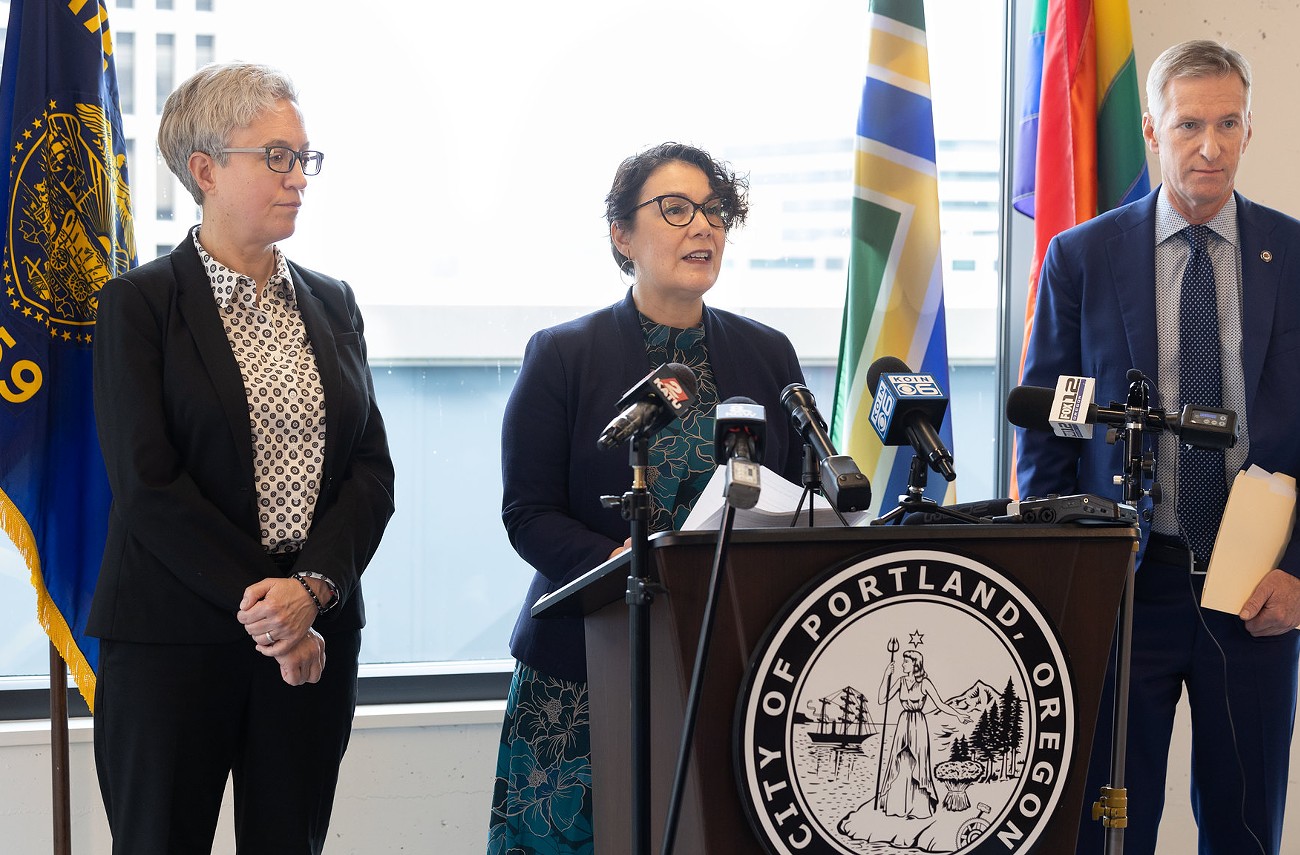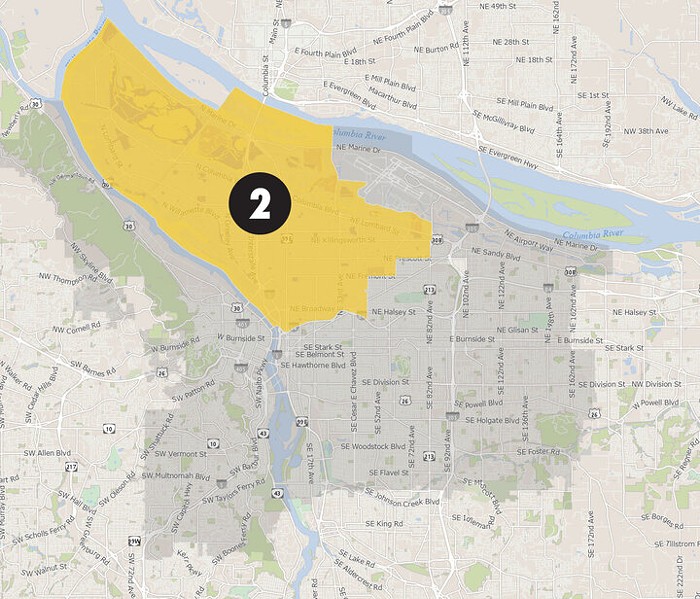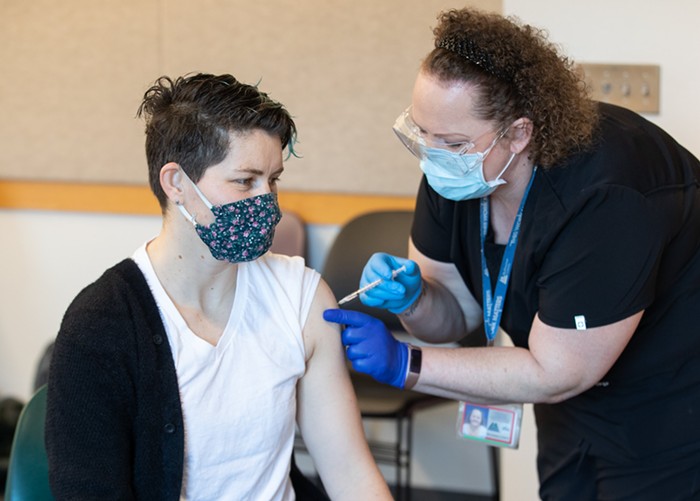Multnomah County Commissioners Sharon Meieran and Julia Brim-Edwards have concerns with the efficacy of a 90-day fentanyl emergency declared in Portland’s central city.
Following recent recommendations from Gov. Tina Kotek's Central City Task Force, Kotek, Multnomah County Chair Jessica Vega Pederson, and Portland Mayor Ted Wheeler jointly declared a 90-day state of emergency to address the fentanyl crisis in Portland’s downtown and central city areas.
The plan suspends purchasing requirements for goods and services to address the crisis, freeing up resources and spending. The coordinated efforts will involve setting up a command center, where city and county employees will meet to coordinate strategies. Dr. Jennifer Vines, Multnomah County’s former health director, will serve as an incident commander for the county, with Mike Myers, the city’s community safety director, working on behalf of the city of Portland.
The governor’s office says the command center will serve as a hub for sharing data on the fentanyl crisis downtown, as well as identifying resources needed. The county is tasked with launching a “public education campaign” targeted at prevention and treatment resources, while also issuing reports on overdose data. Kotek, Vega Pederson and Wheeler said the goal is to make an impact on the crisis within 90 days, and provide a roadmap for sustained action.
Not everyone is buying in.
Following a briefing to the county board last Thursday, Feb. 1, Commissioner Meieran voiced her concerns and grilled the presenters, saying the goals are unclear and the timeframe too short to make a difference.
“It’s hard to formulate questions because in my view, this resolution says nothing and does nothing,” Meieran said. “The briefing, I appreciate the effort, but it didn’t add much more for me to even understand what we’re trying to do in 90 days.”
Meieran questioned why there weren’t specific metrics and goals related to the rate of fentanyl overdoses. In response, Rachael Banks, the Multnomah County health director, noted establishing these goals is part of the work they will be doing with a unified command unit in the 90 day timeframe, but it will take more than 90 days to reach certain long-term objectives.
“The goal is to have a visible improvement in fentanyl consumption in the Portland central city and improved access to treatment,” Vega Pederson added.
Supporters of the resolution emphasized that the goal of the declaration is not to provide specific metrics, but instead establish coordination between parties and provide overarching goals for Unified Command to then create measurable objectives in the 90 days.
Still feeling that the plan lacked substance, Meieran, who’s been an outspoken critic of Vega Pederson’s leadership, argued that there was already a fentanyl emergency prior to the declaration, which other commissioners echoed throughout the meeting.
“I had no idea until I actually read this resolution that it would be crafted to literally be the least we can do,” Meieran said in her board comments. “This resolution, I'm sorry, it is pathetic. It is a contrivance and feeble attempt to govern by press release. It will solve nothing and it will do nothing but allow the chair to check a box saying she's declared a state of emergency in Multnomah County for all the people who called for it after volunteering on the Central City Task Force. It demonstrates the depth of the county's seeming allergic reaction to accountability or measurable results.”
Meieran proposed an amendment to the county’s resolution, calling for a 12-month action plan to address the fentanyl crisis, to be presented by the end of the 90-day emergency declaration. Meieran’s amendment also called for the creation of a dashboard to track progress and key performance indicators based on 14 different data points, including the number of people who were given Naloxone by first responders.
As District 3 commissioner presiding over much of Portland’s Eastside, Brim-Edwards also raised concerns around the specific focus on reducing visual consumption of fentanyl in the central city, suggesting this may lead to moving consumption to other parts of the county rather than making real improvements.
“In theory we could knock that out of the park and say we've eliminated visual consumption but it all might have moved to 82nd and 122nd and Foster and Powell,” Brim-Edwards said.
While Meieran found support for her amendment from Brim-Edwards, the amendment ultimately failed to garner support from any other commissioners. Commissioner Lori Stegmann cited frustration with receiving the amendment 45 minutes prior to the meeting and said the stipulations of Meieran’s amendment would best be left to Unified Command, as Vega Pederson similarly suggested earlier.
The original 90-day emergency declaration passed unanimously with no amendment, amid palpable tension in the room.
Commissioner Stegmann called it “hypocritical” of commissioners to decry the importance of an emergency declaration and to say they don’t want one. Meieran tried to clarify her position, but Stegmann did not appreciate the interruption, telling Meieran to “please control yourself.”
“We cannot address a drug crisis on our streets unless we begin by addressing the moral crisis in this boardroom,” Meieran said, looking in the direction of Vega Pederson. “It can't be okay to just pass this baloney resolution, go home tonight and pretend we're doing all we can for people who can't help themselves.”
Vega Pederson defended the county’s work, touting “urgency and partnership” from the county with other local governments.
“It may have taken longer than people thought to get to this point, but we are at this point where the city, the county and the state are working in alignment … to address this,” Vega Pederson said. The county chair asserted the collaboration will be “incredibly impactful” in how the agencies achieve progress and move forward, beyond the 90-day mark.



















